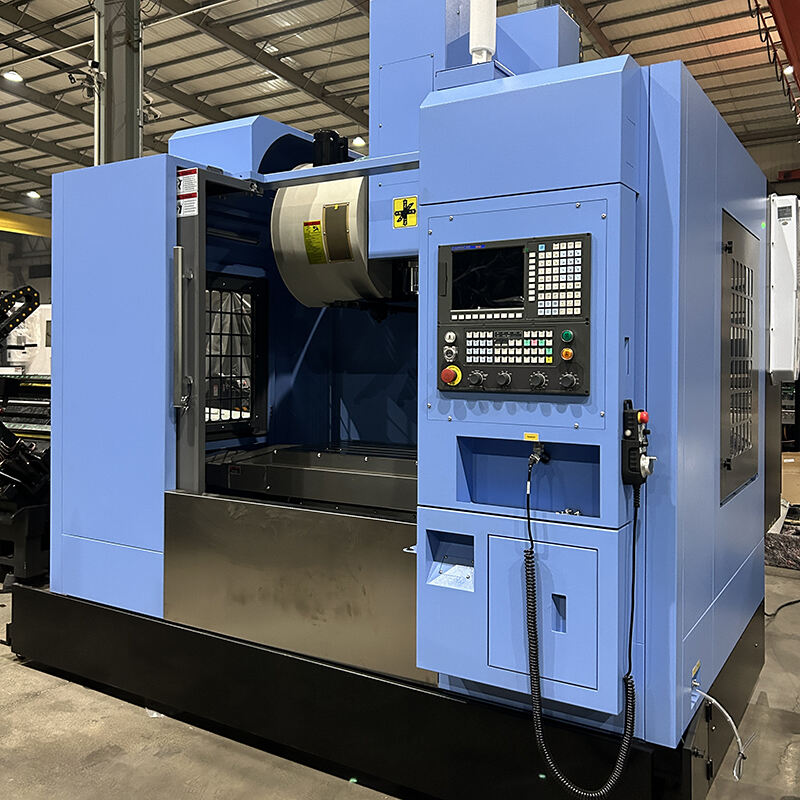Analysis of the application advantages of vertical machining centers in mold manufacturing
1. Structural advantages: stable and efficient core foundation
The vertical machining center adopts a vertical spindle layout and a structural design in which the worktable moves along the X/Y axis, which is particularly suitable for deep cavities, complex curved surfaces and precision hole processing commonly seen in mold manufacturing. Its Z-axis rigidity is significantly better than that of horizontal equipment, and it can withstand heavy cutting loads and maintain stability when processing hardened steel molds with a hardness exceeding 50HRC. For example, in the processing of automotive cover molds, VMC can achieve efficient rough processing with a single cut amount of more than 5mm through a high-power spindle (15-30kW) and high torque output, while reducing dimensional deviations caused by vibration.
2. Processing efficiency revolution: multi-dimensional technological breakthrough
Compound processing capability: After being equipped with a fourth-axis rotary table, VMC can complete five-axis linkage processing, and can complete complex structure processing such as inclined top holes and slide slots in a single clamping, which is more than 40% more efficient than traditional processes.
High-speed cutting technology: The electric spindle with a speed of more than 20,000 rpm is combined with a linear motor drive to ensure that the surface roughness of the mold cavity finishing process reaches Ra0.8μm stably, eliminating the subsequent polishing process.
Intelligent tool magazine management: The chain tool magazine with more than 30 knives combined with the tool life monitoring system can achieve 72 hours of unattended processing in the processing of mobile phone shell mold cores.
3. Precision control: The path to achieve micron-level precision
Hyundai VMC controls the positioning accuracy within ±0.005mm through full closed-loop grating scale control (resolution up to 0.1μm) and thermal symmetric structure design. In the manufacture of precision connector molds, the oil mist lubrication spindle is combined with an active vibration reduction system to effectively suppress high-frequency cutting vibration and ensure accuracy.
4. Cost-effectiveness optimization: full life cycle value analysis
Space utilization: The compact VMC occupies only 8-12㎡, saving 40% of workshop space compared to gantry equipment, which is particularly suitable for small and medium-sized mold companies.
Maintenance cost: The core components such as guide rails and lead screws with modular design support quick replacement, and the average annual maintenance cost is reduced to 1.2%-1.8% of the equipment value.
The application of vertical machining centers in mold manufacturing has broken through the scope of single processing equipment and is evolving into the core unit of intelligent manufacturing systems. Through its rigid and flexible structural design, intelligent process control and deeply integrated digital capabilities, it not only solves the accuracy and efficiency bottlenecks of traditional mold manufacturing, but also promotes the industry to transform towards high added value, short delivery time and customization. With the integrated application of new technologies such as linear motors and digital twins, VMC's value creation capabilities in the mold field will continue to upgrade.


